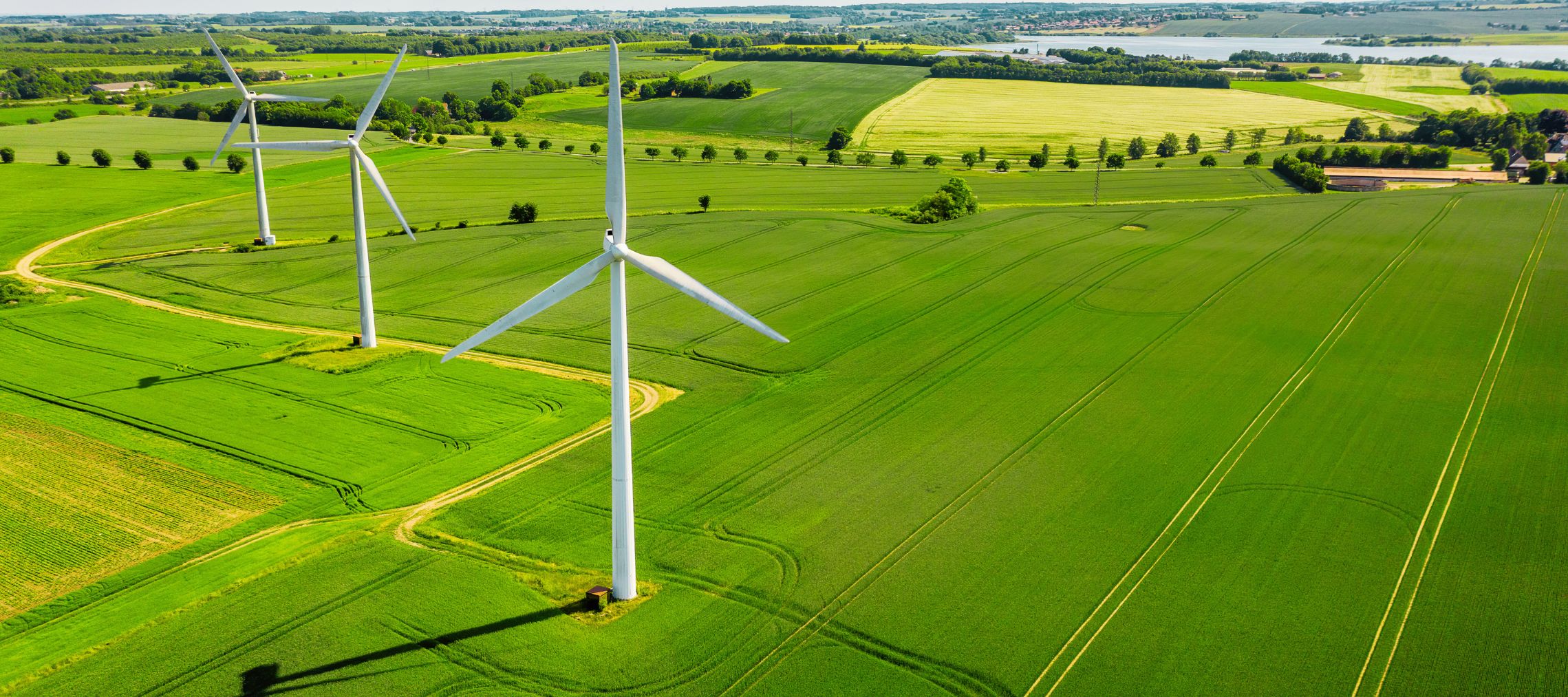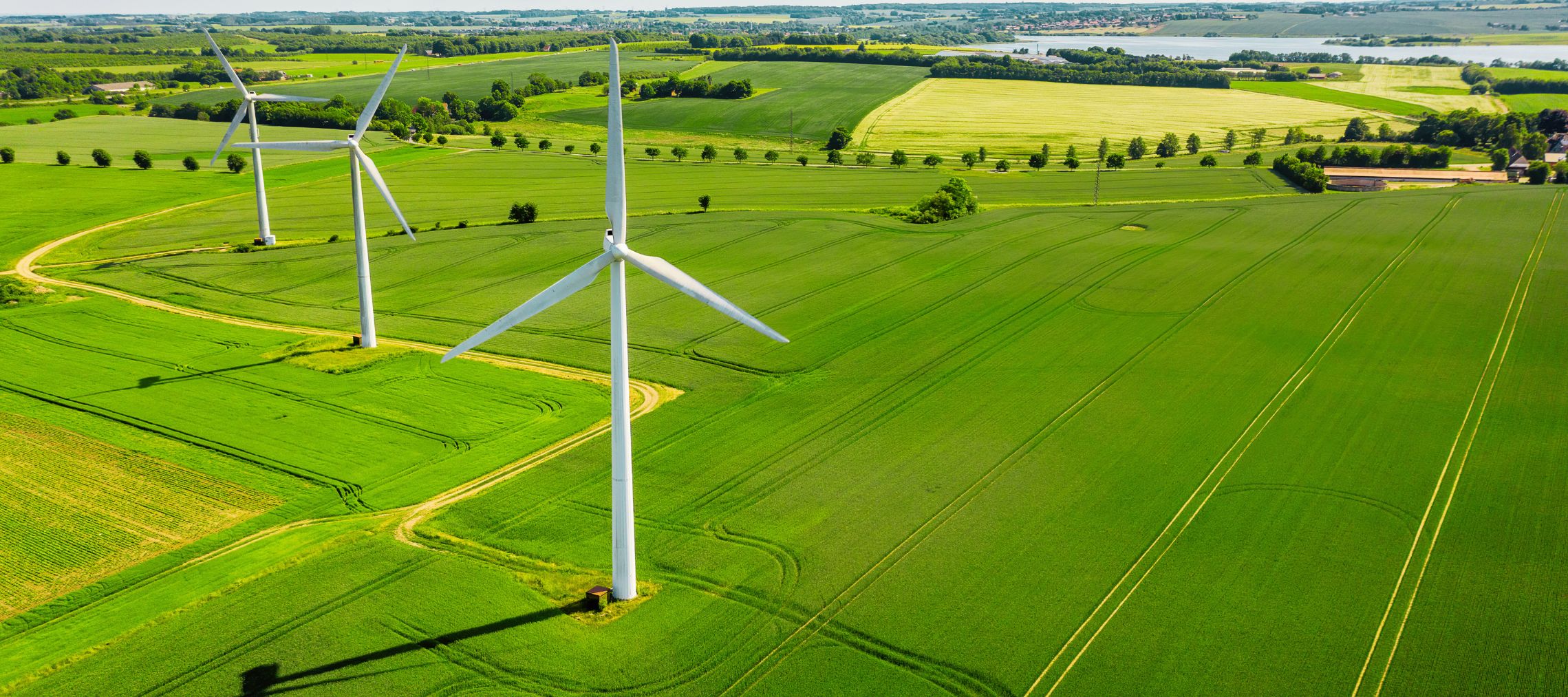The energy sector in India is impacted by certain key market trends, including unprecedented growth of renewable energy sources and advent of new technologies like electric vehicles and rooftop photovoltaic. These trends create uncertainty in the sector and require regulatory and policy changes to accommodate the increasing penetration of renewables into the grid. In this regard, CSTEP has identified two main challenges: smooth transition of state utilities to renewable energy and development of robust operational processes for long-term sustainability of distribution companies. Our work aims to explore the potential of states to meet renewable energy targets and strategise with government bodies for policy implementation at both state and national levels.




Power Markets in India
Electricity, like any manufactured product, can be bought and sold in a market — in this case, a power market. The buying and selling transactions of electricity occurs in the units of either power (in megawatts, MW) or energy (in million-units, MU). Like all transactions, power transactions involve a buyer and a seller, which can be a distribution company (DISCOM), a generation company (GENCO), a power exchange, or a bulk consumer.
Seamless DBT for Consumers Below Poverty Line
The proposed Electricity (Amendment) Bill, 2020, for the Electricity Act, 2003, intends to bring major reforms in the Indian power sector. One of the proposed amendments is in Section 65 of the principal Act.
According to Section 65 of the Act, state governments should pay subsidy to electricity distribution companies (DISCOMs) in advance for electricity consumption by domestic consumers who are below poverty line (BPL).
Seamless DBT for Agricultural Consumers
The proposed Electricity (Amendment) Bill, 2020, for the Electricity Act, 2003, intends to bring major reforms in the Indian power sector. One of the proposed amendments is in Section 65 of the principal Act.
The proposed amendment is intended to replace this provision with a Direct Benefit Transfer (DBT) scheme. Under this scheme, state governments transfer the subsidy directly to consumers, and DISCOMs then charge the consumers based on the tariff determined by the SERCs.
Assessment of IP set Consumption in Agricultural Feeders
Farmers in India receive electricity either free of charge or at extremely low rates for operating irrigation pump (IP) sets. The distribution utilities are compensated for the free (or nearly free) supply through subsidies by state governments. To claim higher subsidy amounts, utilities often show inflated figures of agricultural consumption. The higher consumption (by IP sets) estimates also help utilities portray lower loss in their network.
Financial Journey After Consumers Pay Their Electricity Bills
CSTEP launched the Empower series of blog articles to simplify the power sector for non-technical readers. Through the series, we hope to explain how every step of the journey of electricity affects the consumer. In the first article, we introduced you to the many actors involved in the journey of electricity. The second article of the series explains the costs involved in electricity generation.
Understanding the Consumer Electricity Bill
This is the third article in the Empower blog series that CSTEP initiated to breakdown the power sector for a non-technical audience. In the first article, we began decoding the journey of electricity and in the second article we explained the costs incurred in generating electricity — the first step of the journey.
Continual Support for Implementation of UDAY Initiatives in Karnataka
Ujwal DISCOM Assurance Yojana (UDAY)—a flagship scheme of the Government of India that ran from November 2015 to March 2019—was aimed at reducing the aggregate technical and commercial (AT&C) losses of state-owned distribution companies (DISCOMs) by 6%, from 21% in FY15 to 15% in FY19. However, only 50% of the target (18.2%) was achieved by the end of FY19, and there is still a long way to go to achieve the target.
Karnataka should trade excess solar power
Overachieving solar targets is resulting in new challenges for Karnataka. It is not only making the state power surplus but also impeding the development of new solar projects in Karnataka. Karnataka has emerged as one of the top-performing states with a solar capacity of 7,295 MW (as of Dec 2019) against the MNRE's (Ministry of New and Renewable Energy) state target of 5,697 MW by 2022, and state government's own target of 6000 MW by 2021.
Electricity sector needs revamp
India is still struggling to come to grips with the devastating spin-offs of Covid-19, including the slump in economy. Like other sectors, the power sector too has taken a severe hit, with lowered electricity consumption due to semi-operation of industries. In fact, the dynamic trading price of electricity fell to a three-year low of 60p recently, an indicator of the drop in demand.
Decoding the Journey of Electricity
This article is first in the #Empower series of blogs by CSTEP, which aims to inform and interest the public in technical and policy issues that affect us on a day-to-day basis. In this and the next few articles, we will break down the journey of electricity from generation to consumption and elaborate on how every step of this journey has implications for you, the consumer.